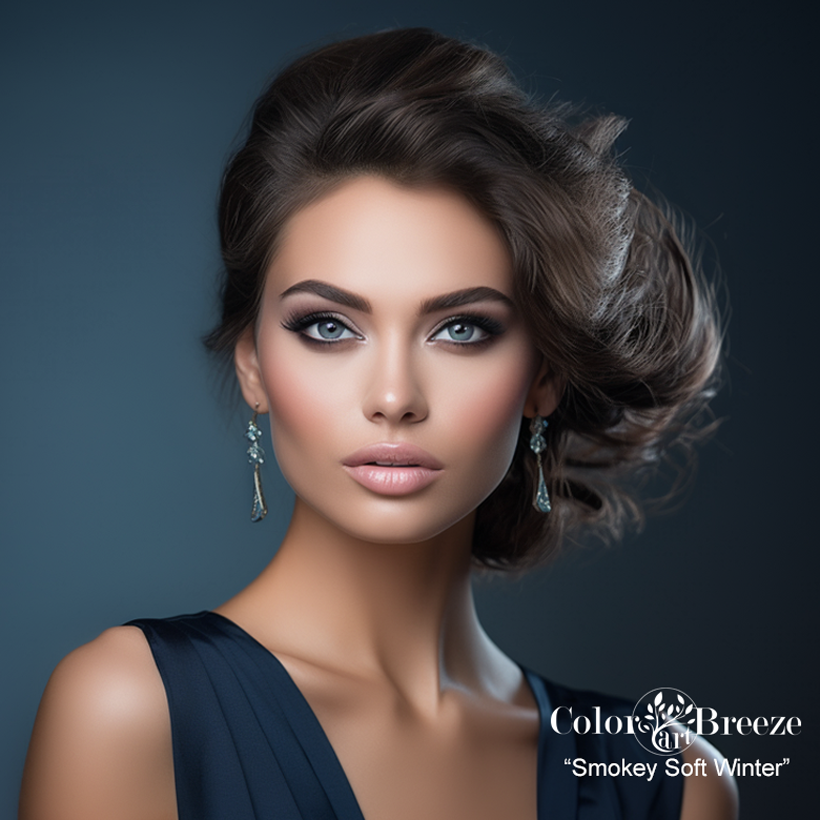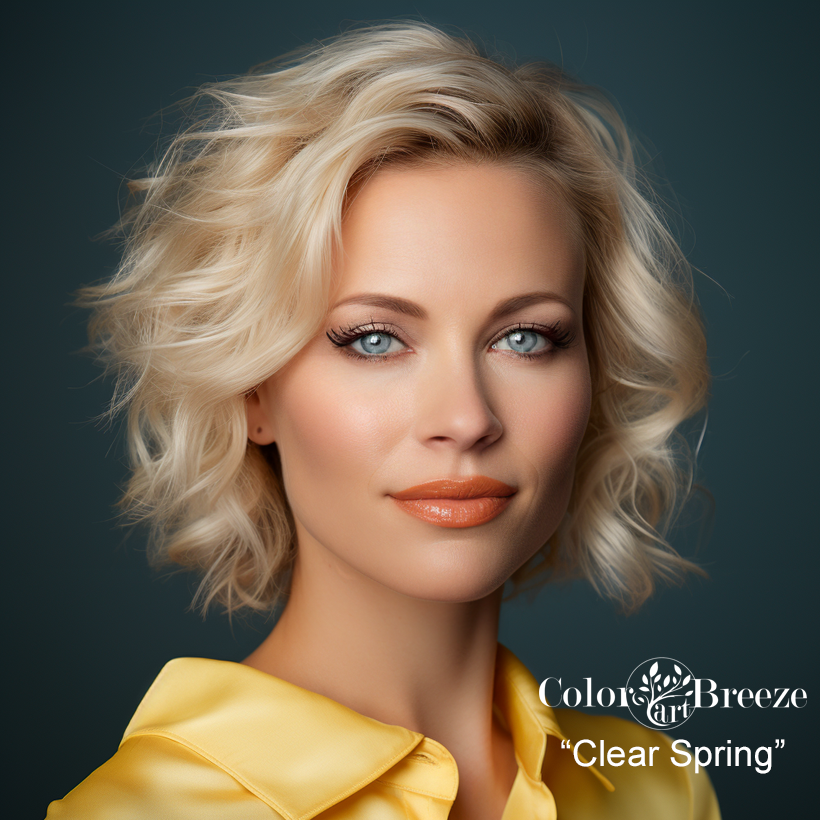Hair Color in Color Analysis
Hair color in color analysis is a very important topic for multiple reasons. It is definitely in the ‘hot zone’ of having a huge effect on one’s color harmony. Its importance is right up there with makeup, scarves, and shirts.
I will be talking about this topic in greater detail in a new eBook later this Spring. For now, I wanted to talk about hair color's general importance.
Recently, someone left a comment on one of my images that I posted on social media. Responding to a photo tagged as "Light Spring," she wrote something along the lines of, "Another blonde Light Spring," accompanied by a sarcastic rolled-eye emoji. I interpreted her comment as implying that not all Light Springs have blonde hair, or something to that effect. This is a sentiment I've encountered several times over the years.
This viewpoint references one of the many myths about color analysis that I discuss in my report, which is accessible on my website. It suggests the notion that "anyone can be anything." For example, a woman with black hair and deep eyes could be categorized as a Light Spring if her color draping results indicate so.
Some color analysis systems argue that hair color is irrelevant and should not have any influence the analysis process. They even recommend covering the hair during a color analysis session.
What's my take on this? I firmly disagree.
Hair color plays a significant role in several key aspects of color analysis.
First, a person's natural hair color offers substantial insight into identifying their season. For example, red hair indicates a warm undertone, while black hair suggests depth, and light blonde hair, particularly when it remains light during teenage years, says this person is a light season.
But what if the hair is artificially colored red, black or light blonde? This is where it is tricky and you must determine what the client is wanting and what she plans to do with her hair.
What I do is essentially dual analyses most of the time. I start with trying to determine the season she was when she was a child or young teen, essentially, what mother nature gave her.
THIS is the season she naturally was and might still be. This is also the hair color that usually (but not always) will look great on her now, if she is looking to return back to her natural coloring.
But if she truly does not want to go back to her natural hair color, or if she wants to let it go grey, then I determine if the colors she wants will work successfully.
Again, I will go into more detail on this later for each of the seasons, but I can tell you one in particular that almost always look good as blondes for example (within limits).
Many deep Soft Autumns, particularly the Smokey Soft Autumns, can rock lighter blonde shades, provided they avoid platinum blonde as well as anything too cool.
Starting with some warm-to-neutral highlights always look good on Soft Autumns, and they have a pretty good range in which to going even lighter.
This woman is naturally above is a deeper soft autumn. I would recommend her to not go lighter than the color on the right. This blonding effect lightens her and creates a warming effect, too, so lightening and brightening her makeup would be a good idea.
This particular shade of blonde would not be recommended for a Winter, especially a very dark and very deep winter. I will give very specific hair recommendations for each season in the coming weeks.
Bottom line, hair color is important in both figuring out one’s season, as well as what colors to choose after the analysis is done.
Return to Home page




